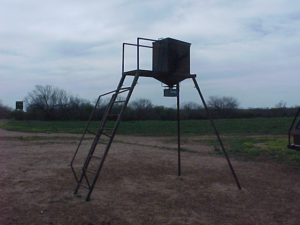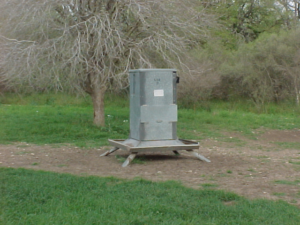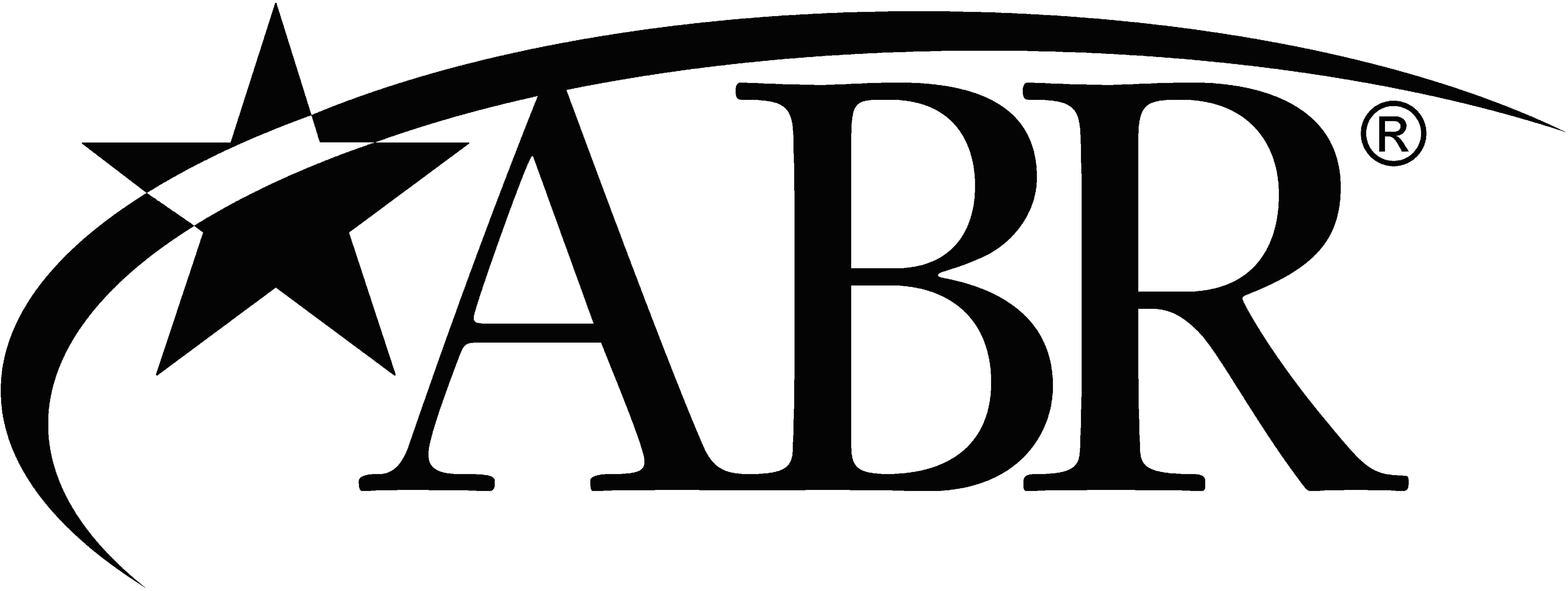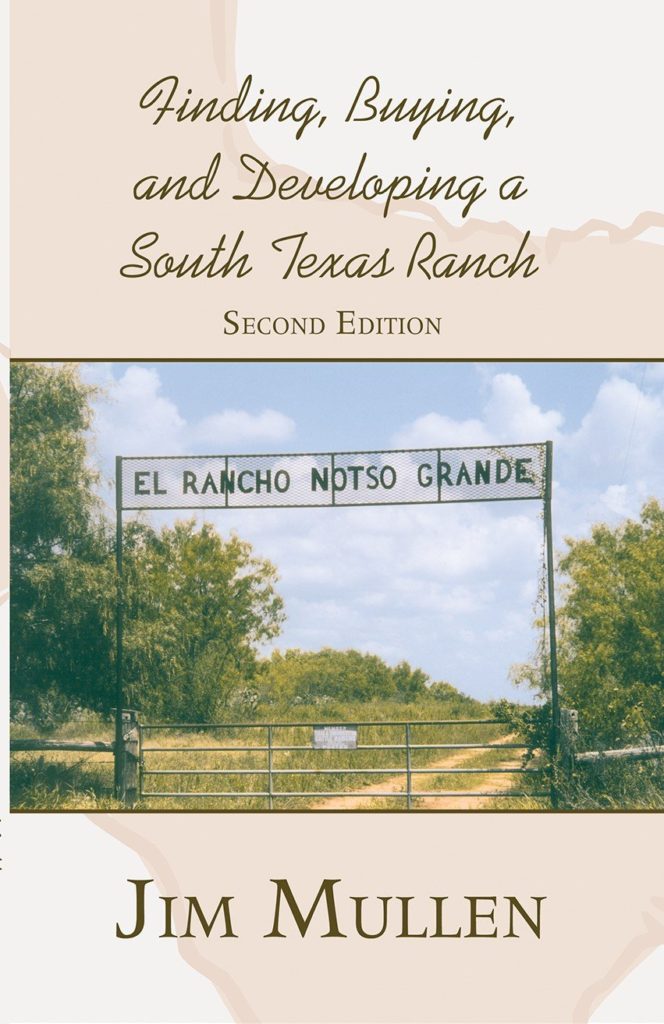When I started hunting deer in 1959, supplemental feeding, such as it was, consisted of either corn thrown by hand into a killing zone, or planting an oats patch. I distinctly remember my dad taking a pillowcase full of corn from the communal feed barrel and throwing it out in clearings around the blind we used. I also remember a joint effort to scratch and plant the only oats patch on the ranch, a job usually done with an old gate dragged behind a pickup and boys like me throwing oat seed before the gate.

Supplemental feeding has come a long way in the 50 years since my start in deer hunting with some significant improvements.
First of all, what we called supplement was really bait, pure and simple. Sure, the deer derived some nutrition from the corn and oats, and they came to saltlicks because they needed the salt. But truth be known, the intent and the effect of what we did was to improve our chances of harvesting a deer. Now, in addition to using foodstuffs to attract deer, it is possible to improve both the quality and quantity of a deer’s diet with manufactured feeds similar to those found in a cattle feedlot. However, with the advent of high fences, some deer herds are dependent on this supplied food and what was once provided as a supplement to their diet has become critical to their subsistence.

How did we get to this point and what is the reason for the popularity of this practice? Well, as with all of man’s endeavors, there are those who think wildlife can and should be enhanced with a little help. Providing food in addition to what is available in nature is now considered a viable management option.
In nature, wild animals have evolved to survive, reproduce, and occupy the habitats suitable to their species, their “niche.” Within this niche, a certain number of their species can exist. That number varies depending on the quality and quantity of acceptable food within their range. They can, of course, move, but if adjoining ranges are just as occupied, or there is an eight-foot fence in the way, they have to make do with what is there.
Population numbers go up and down within the species’ range, high fenced or not, based on a number of factors — natural mortality, reproduction, predation and hunting — which could be described as “prescriptive mortality.” This is known as carrying capacity: that number of individuals of a species an area can support at any given time. Carrying capacity is fluid, changing throughout the year as seasons change, rain falls or does not fall, preferred foods are consumed, all rising and falling in a wave-like fashion.
Since deer are not fruit flies, they must adapt to these changes or weaken. If the changes are severe enough, or last long enough, some deer will die, although whitetails are amazingly resilient and can eat an incredible variety of plants. If conditions are good, the animals can maximize their genetic potential. If conditions are poor, the quality of the individual as well as the herd suffers.

Initially, supplemental feed was provided to smooth out the peaks and valleys in carrying capacity by filling in the valleys, those periods when nature’s larder was a bit lacking. On ranches where supplemental food was provided, mortality from starvation and predation went down; reproduction went up as body condition improved, and the carrying capacity, assuming the continued provision of supplemental feed, increased.
It follows that one effect of manipulating the carrying capacity on a tract by providing supplemental food is more deer. Unless you make a deal with the feed store, a significant and strict harvest is required. Even with a suitable plan for prescriptive harvest, increasing deer numbers with the use of supplemental feed has been shown to be detrimental to the native vegetation. Deer trained to feeders and food plots do not range as far as they normally would, yet they continue to browse. Since they are not really hungry, they browse or consume only the choice plants, degrading range quality over time.
When then is supplemental feed justified and what is the best way to provide it? This is the $64,000-question, one that can best be answered by the old favorite of wildlife managers the world over, “it depends.” First of all, you must decide what your objective is. Do you want to improve overall herd health or do you want to maximize antler development? One requires a minimum of supplementation provided only when food is limiting while the other necessitates a significant amount of food freely available during specific periods of the year.
Are you high fenced or open range? Do you have the capability to plant food plots and do you want to go to the expense of fencing them off? Most importantly, what is your current population and what is your carrying capacity? If you don’t have a good handle on these last two numbers, I think it’s best you start there.
Estimating wild populations is the most difficult aspect of wildlife management. I was taught that the only time there was an accurate count of deer occurred in the Black Forest of Germany when a high-fenced park burned completely and they counted carcasses. That’s a bit drastic, so we must rely on non-fatal methods of estimating numbers. Blind counts, aerial counts, spotlight counts, all are effective if done in a methodical fashion. You don’t need a biologist since these techniques are easy to perform, just remember to read up on the technique and conduct the counts properly.

Once you have a reliable population estimate, look to your harvest records. Are the antlers where you want them? What is your reproductive rate? What is the general body condition of harvested deer? If the answer to all these questions is “good,” then you are at or below carrying capacity during the season and most likely throughout the year. If not, then it is time to make some decisions.
How is this supplemental feed provided? What was initially a pillowcase of corn has become a $2,500 computer-driven grain bin; a plot of scratched-in oats is now an intensively farmed, high-fenced food plot with exotic plants raised specifically to supplement deer when natural foods are lacking. Feeders fall into two categories, mechanical and free-flow. Mechanical feeders use a timer to set feeding periods and the amount fed. The feed is either flung out or dropped into a trough. Free-flow feeders rely on gravity to keep feed before the deer with feed always available in ports or in troughs.

Spin-cast Feeder

Gravity-flow Feeder

All feeders are susceptible to use by non-target animals; i.e., anything that is not what you bought the feed for. While most of us would not mind turkey or quail consuming some of the food, most will agree that feeding feral hogs, raccoons, chi-chi birds and porcupines is not the primary reason we install feeders. This is an advantage that timed feeders have in that the feed is put out at set times. Non-target animals learn the feed times just as well as the deer, but usually deer can intimidate most of the other species and at least get their fair share.
An exception is the feral hog. Feral hogs will completely dominate a feeder if they can access it and feeders that provide food at a height accessible to feral hogs must be fenced with hog-proof fencing unless your intention is to draw feral hogs.

Another major consumer of provided feed is the raccoon. Raccoons consume a lot of supplemental feed and are very difficult to exclude. With spin-cast feeders, you can put a wire mesh box around the port and grease the legs or hang PVC pipe on each leg to prevent them climbing, but trough feeders and free-choice feeders are fair game. Not long ago, a picture made the rounds on the Internet of a ‘coon riding on the back of a feral hog so it could reach a feeding port; that’s adaptability!
Providing supplemental feed with planted food has evolved as well. Cool-season as well as warm-season food plots are now used to supplement deer in a more natural way. Food plots still include oats, rye, and winter wheat, but other species of food plants are available. Peas are popular as are turnips and special blends often provide a variety of foods for deer at varying times. Here, too, non-target animals can wreak havoc on your best intentions and fencing may be required to allow the plants time to root and develop.

When all is said and done, the cheapest supplemental feeding program is one based on numbers management. If you have too many deer, adding feed is not only expensive, it is counter-productive. Say your objective stocking rate — what you believe is your carrying capacity before supplementation — is one adult deer per 15 acres. If, by your best estimate, you have a deer for every 10 acres, rather than add food for the overage, increase your harvest first. That way, supplemental food will be in fact supplemental, increasing the amount of food available to each deer while hopefully improving the nutritional content as well.
Provide the food only when needed by keeping an eye on the weather, your range conditions, and knowing what stage of their annual life cycle your deer are in — breeding, fawning, rutting, recovering from the rut, etc. Perhaps the greatest and most common mistake in supplemental feeding is that we provide feed only during the hunting season because it is convenient — we have never gotten away from the baiting mentality. I would go so far as to say that to be effectively utilized by your deer, supplemental feeders should not be hunted at all; rather, they should be situated in quiet areas with secure access for the deer.
Should you use feeders or food plots? This is an economical choice as well as a practical one. I prefer food plots but I’m realistic enough to know that, at least in South Texas, food plots are not always dependable. Also, some landowners do not have the capability to properly farm a food plot and you really need to do it right if you plan on putting in an expensive seed mix.

Assess your capabilities and your time. Feeders are now much more dependable and can be filled and forgotten. However, supplemental feeders should always be fenced from hogs and livestock. Additionally, a Texas A&M University-Kingsville study found that feeder exclosures need to be at least 80 feet on a side for optimum use by deer; that can get expensive. What to put in your feeders depends on your objective and your budget. I should mention there is yet another option gaining favor with some managers: whole cotton seed. Whole cotton seed can be left on the ground, feral hogs don’t really care for it, and it is cheap compared to protein pellets although shipping may get expensive.

Food plots are labor intensive at first, preparing the soil and planting the seed, but then are done for the season. A combination of feeders and food plots might be the best solution. Place a feeder (supplemental feeder rather than a bait feeder) every 150 to 250 acres and plant food plots in suitable soils. Try to make your food plots at least five acres in size and remember to budget for fencing: low if cows are a consideration, high fencing if you are planting exotic seeds and need to protect the seedlings. Happy Hunting!






